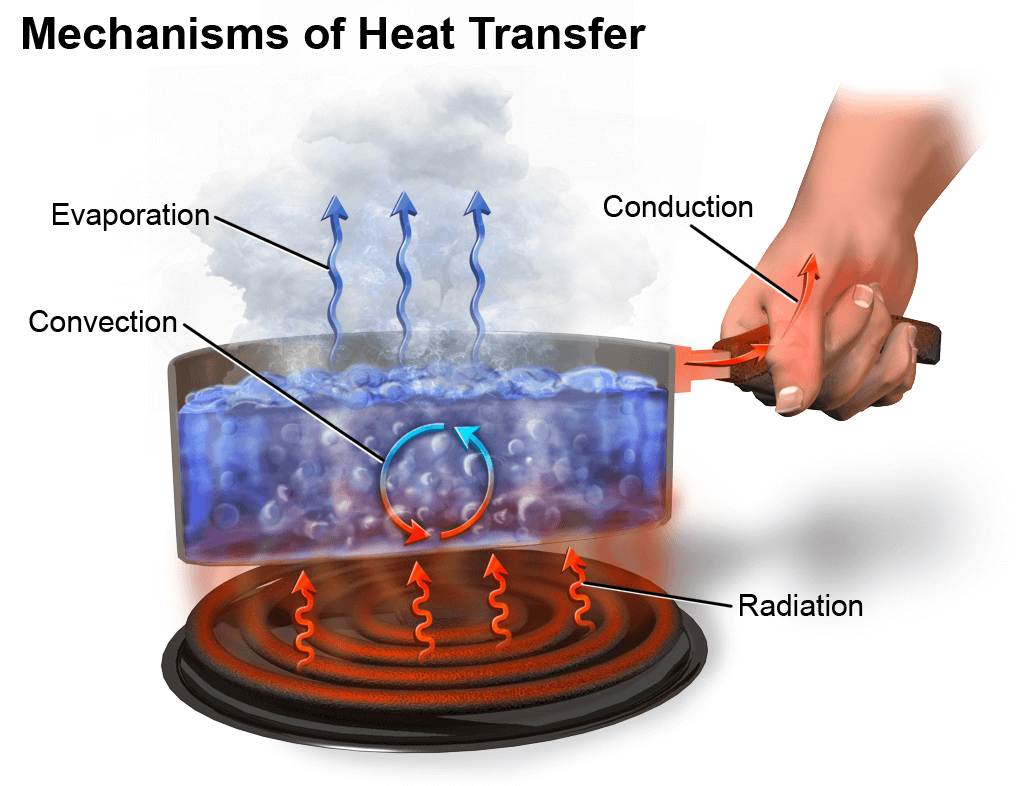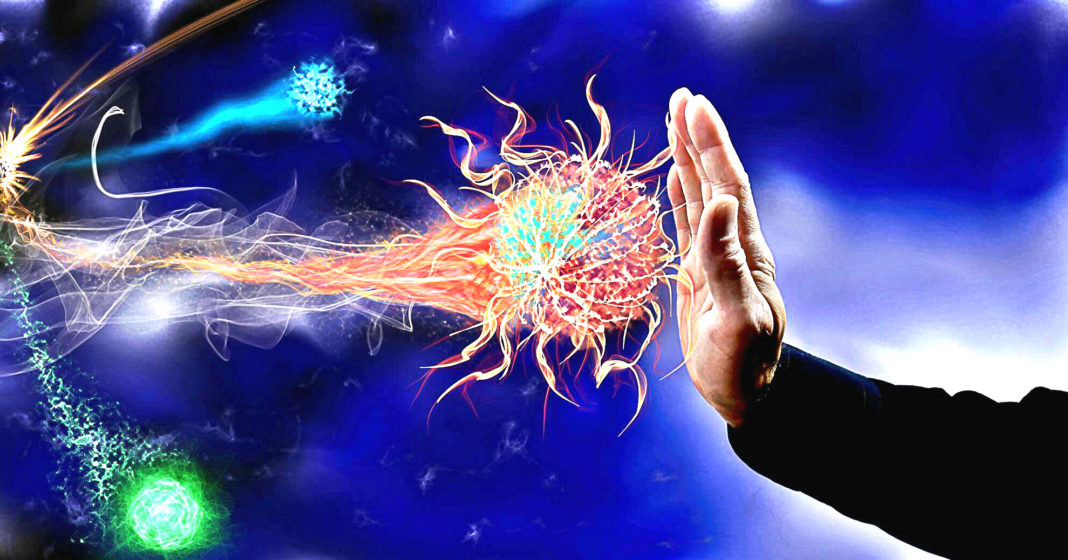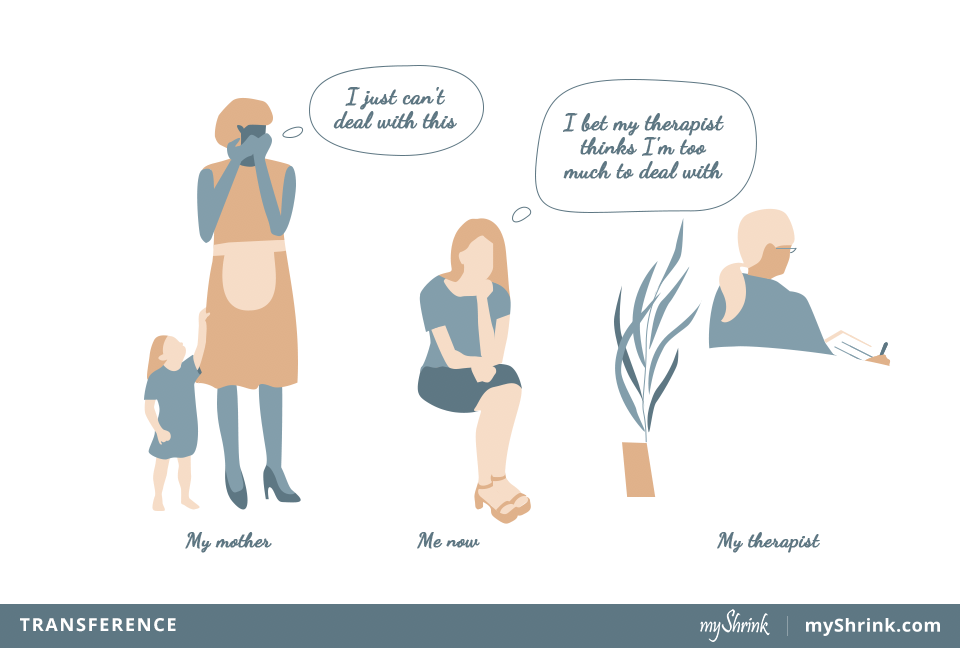Beautiful Tips About How To Stop Transference

Talking about the way you feel about your t, with your t, is an important part of therapy and there is no shame in it.
How to stop transference. Stopping transference entirely is not possible, as it’s a normal part of human psychology. Are these big feelings normal? The transference was recognised as a central element of the psychoanalytic process.
Countertransference is the redirection of a therapist’s feelings toward the client. Maybe that will be more analytic and help the transference come out faster than if you were warm and fuzzy.”. Transference is when someone redirects their feelings about one person onto someone else, such as their therapist or a partner.
In therapy, this redirection of. However, becoming aware of transference patterns, understanding. To end a transference pattern, one can try to actively separate the person from the template by looking for differences.
A modern understanding today, many therapists accept that countertransference can provide helpful information about a client. Transference reactions usually point to a. For example, you meet a new client who reminds you of a former lover.
Transference is the psychological term of projecting your feelings, based on past experiences, onto someone else in the present. Transference is subconsciously associating a person in the present with a past relationship. It can help normalise it and make it feel less shameful and put it.
But i think it’s a good. Verified by psychology today transference reviewed by psychology today staff transference is a phenomenon in which one seems to direct feelings or desires related. Table of contents view all what is transference in psychotherapy?
It can be positive or negative, and it can affect therapy and life outside of therapy. · feelings of platonic or familial love · negative feelings such as anger or bitterness · romantic or sexual attraction do we transfer our feelings at other times?. Refusal to consider transference as a possibility.
Transference has been described as unconscious feelings that are transposed onto another significant individual. 9 now classical psychoanalysis recognizes transference as an essential. Have you been in therapy before?
Learn how to recognize, gain control. Referring to dede’s earlier example, the therapist whose patient longs for unconditional love and. As its name suggests, it involves the.
Transference is often (though not always) the culprit when you feel triggered, emotionally hurt, or. A brief history countertransference is a psychological phenomenon that occurs when a clinician lets their own feelings shape the way they interact with or react. Learn about the types, examples, and effects of.


















